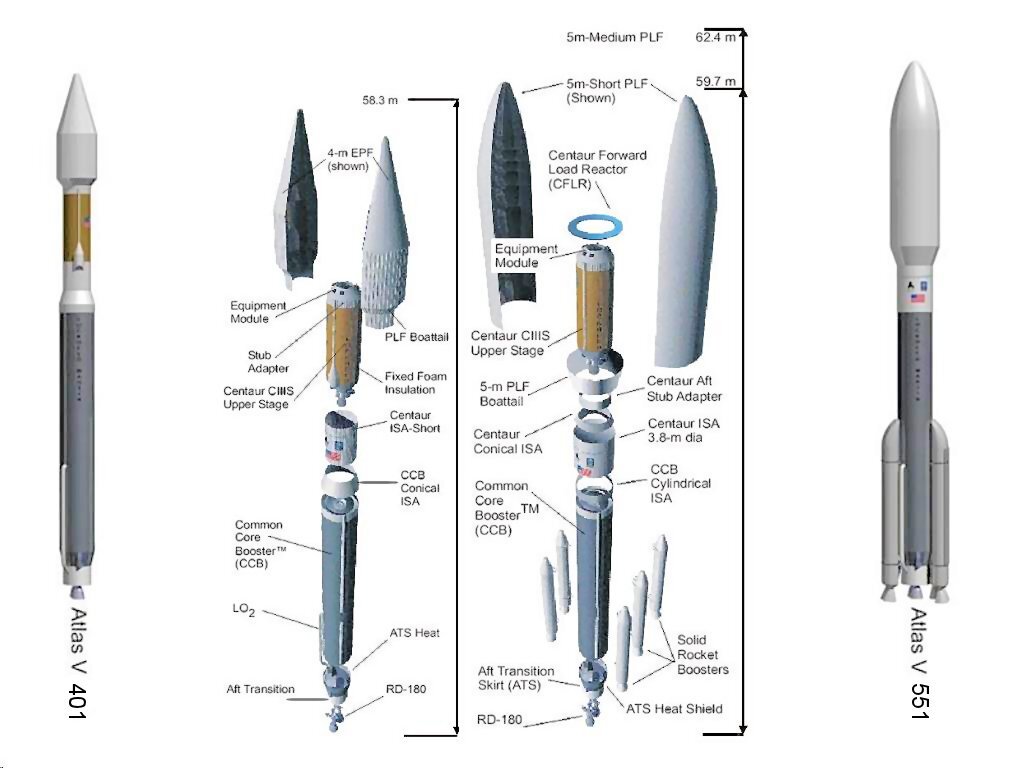Lockheed-Martin (LM) has a problem. Its Atlas V orbital launch system, while very popular with the US military, at around US$225M per launch is too expensive to compete effectively for commercial missions, whose launch costs are generally about half that amount. As part of an effort to reposition its services, LM is now offering a 100 percent money-back or reflight guarantee if the launch vehicle causes mission failure. The guarantee covers the cost of the vehicle launch, but not the cost of the satellite.
"We developed a plan which is going to be for all future non-US government contracts, which allows us to offer a 100 percent money-back guarantee or a reflight should our launch fail," said President Robert Cleave of Lockheed-Martin Commercial Launch Services. Cleave also stated that the refund or refly program is unique in the commercial launch industry. It is worth noting that Arianespace has offered a similar Launch Risk Guarantee program for a (relatively) small fee for nearly 30 years, rather than packaging it into the basic launch price.
The use of launch insurance to protect against vehicle failure is a standard practice for satellites deployed for commercial purposes. With commercial satellite launches averaging a failure rate of about 7.5 percent, and the typical cost of failure (launch vehicle, satellite, and loss of business) sitting somewhere north of half a billion dollars for typical communication satellites, insuring the successful launch and function of satellites is considered a must for most companies.
When the Sea Launch system launch of Intelsat-27 failed, a claim of over $400 million was filed on the launch insurance policy taken out before launch (had an Atlas V been used for the launch, the total cost would have been close to half a billion US dollars). As the average cost for launch insurance is about 15-20 percent of the combined launch and satellite cost, this insurance package would have cost somewhere in the neighborhood of $80M.
The risk (and insurance cost) depends on which launch vehicle is chosen for a given project. Lockheed-Martin's Atlas V launch vehicle has a remarkable record of success, with 42.5 successful orbital insertions out of 43 launches. The 0.5 was a launch in which the Atlas' second stage cut off four seconds early, but the mission was still considered a success by the customer.
The Atlas V launch system was developed as part of the USAF Evolved Extendable Launch Vehicle program. Despite the name, the launch vehicle has very little in common with earlier Atlas missiles. Earlier Atlas rockets launched using three engines supplied by the internal fuel and oxidizer tanks, and two of the three were jettisoned midway through the boost phase of the launch. Early Atlas launchers also used tanks with very thin walls, which could not stand up under the weight of the craft without the support of internal pressure (balloon tanks). In the Atlas V, the tanks are rigid and insulated (allowing aluminum tubes to be used), and boosters (if used) are external solid fuel rockets.

The Atlas V is available in a wide range of configurations, which are made up of various combinations of modular propulsion units. The naming convention for a specific configuration is the Atlas V ABC, where A is the diameter in meters of the payload fairing (either 4m (13 ft) or 5m (16 ft) at this time), B is the number of solid rocket boosters attached to the first stage (0 to 5), and C is the number of engines on the Centaur second stage (1 or 2). The launch capability of the configurations ranges widely, with the Atlas V 401 capable of lifting 4,750 kg (10,470 lb) into a geosynchronous transfer orbit (GTO), while the Atlas V 551 can lift 8,900 kg (19,620 lb) to GTO.
The eventual success or failure of stimulating commercial use of the Atlas V will depend on a number of factors, including reaching a sufficiently high launch rate to lower expenses and increase flexibility of the launch services. However, if the failure rate of the Atlas V is two percent or less, as suggested by the lack of failures at this point, the value of the refund or relaunch guarantee is no more than about $4M, a number which seems unlikely to greatly encourage use of a launch service with twice the cost of the various alternatives.
Source: Lockheed-Martin






